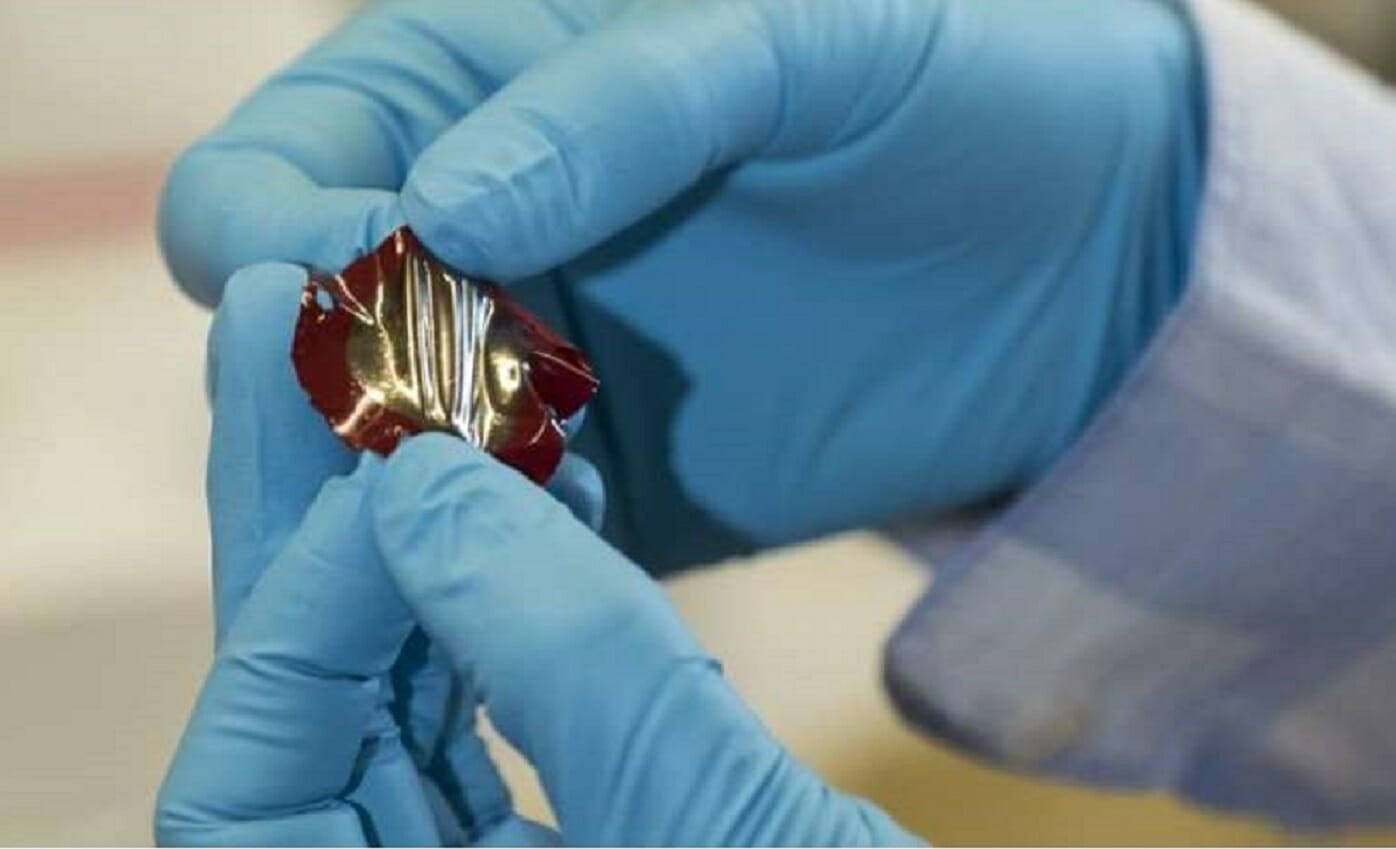Stress Into Electricity
Wouldn’t it be nice if our everyday stresses can produce something useful–like electricity? Well, recently, scientists have created a new organic material which can turn material stress to electricity.
Researchers from Empa, the Swiss Federal Laboratories for Materials Science and Technology, created this new material which is flexible and generates electrical energy when it is subjected to stress.
In the future, it could be used as a sensor that could be integrated into clothing or implanted in the body to power a pacemaker.

The Piezoelectric Effect
This new rubber material is able to convert mechanical movements into electrical charges. The generated current comes from the internal polarization that changes when the rubber film is mechanically stressed.
This effect, which was discovered in crystals is currently used in various applications such as sound pick-ups on analog record players, like how the needles is guided through the grooves in the record to be able to generate mechanical vibrations.
In a piezoelectric crystal, these vibrations will be converted into electric pulses, which will be amplified and converted into sound waves.

Crystals to Flexible Material
Until recently, the piezoelectric effect has only been known for crystals. Being heavy and solid, the piezoelectric effect can only be used in limited applications. But now, Empa researcher Dorina Opris with her colleagues have given elastomers piezoelectric properties.
The new material however, is difficult to produce. The rubber is a composite material that is made of polar nanoparticles and elastomer. Yee Song Ko, a PhD student at Empa, would first shape the two materials before connecting them. This will yield a thin, elastic film, wherein polar portions of the nanoparticles are still randomly oriented.
To be able to create a piezoelectric material, Song Ko would need to introduce an internal polarization using a strong electrical field. To be able to do this, the film needs to be heated until the glass transition temperature of the nanoparticles has been exceeded and would change from a solid, glassy state into a rubbery and viscous one. Under these conditions, the polar portions are oriented by the electrical field. The orientation achieved is then frozen by cooling the material to room temperature.

Future Applications
There are a lot of potential applications for this new rubber film. For example, it can be used to create pressure sensors. Once the material is compressed, an electrical impulse is produced that can be received by devices.
This can be used to create sensitive skin for robots to be able to feel pressure touches. This can also be used in clothing to monitor a wearer’s activities or generate electricity from their movements.
“This material could probably even be used to obtain energy from the human body,”Opris said. “You could implant it near the heart to generate electricity from the heartbeat, for instance.”

Article Source:














